Planetary Science
-
 Planetary Science
Planetary ScienceComputer simulations heat up hunt for Planet Nine
A giant planet in the far outer solar system could explain orbital oddities of bodies in the fringes of the Kuiper belt.
-
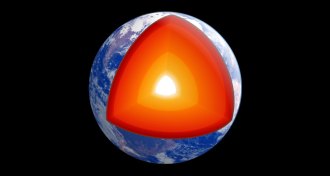 Earth
EarthEarth’s inner secrets divulged in ‘Into the Heart of Our World’
A scientific journey to the center of the Earth includes just as much excitement and mystery as Jules Verne’s classic novel, a new book demonstrates.
-
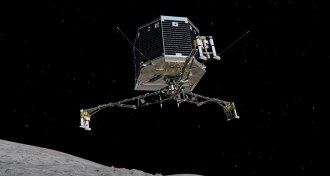 Planetary Science
Planetary ScienceTime running out on comet lander
Philae’s days are numbered as temperatures on comet 67P drop and attempts to communicate with the lander fail.
-
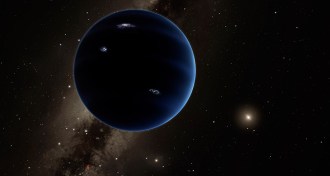 Planetary Science
Planetary ScienceEvidence mounts for hidden ninth planet
A new analysis of bodies in the Kuiper Belt strengthens the case for an unseen planet lurking in the outer regions of our solar system.
-
 Climate
ClimateAtmospheric tides alter rainfall rate
Atmospheric tides caused by the moon’s gravitational pull ever-so-slightly alter rainfall rates on Earth by producing rises and falls in atmospheric pressure.
-
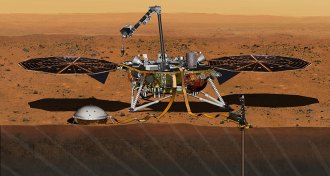 Planetary Science
Planetary ScienceEquipment failure delays Mars mission
A leaky instrument will push back launch of the Mars InSight lander by at least two years.
By Andrew Grant -
 Astronomy
AstronomyEquipment failure pushes back Mars lander mission
The launch of the Mars InSight lander is suspended until at least 2018 because of a faulty seismometer.
By Andrew Grant -
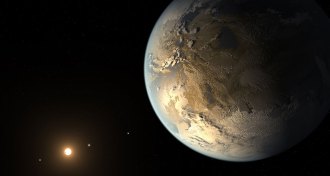 Astronomy
AstronomyExoplanets need right stuff to be habitable
The elemental makeup of a star can reveal whether planets in its solar system could support sustained plate tectonics, a requirement for Earth-like life, researchers propose.
-
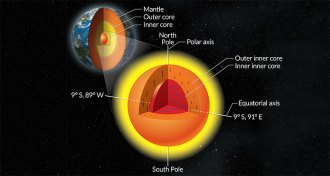 Earth
EarthSolid inner, inner core may be relic of Earth’s earliest days
Earth’s innermost inner core may have formed billions of years earlier than previously thought, shortly after the planet’s accretion.
-
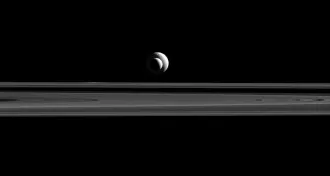 Planetary Science
Planetary ScienceCassini spacecraft preps for one last flyby of Enceladus
December 19 marks the last time the Cassini spacecraft flies in for a close look at the Saturnian moon Enceladus.
-
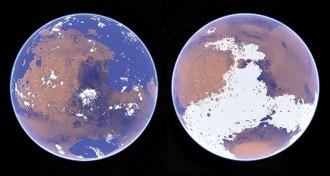 Planetary Science
Planetary ScienceAncient Mars’ weather report: Continued cold and dry
The assortment of water-carved features on the Martian surface suggest that ancient Mars was cold and fairly dry, not warm and wet.
-
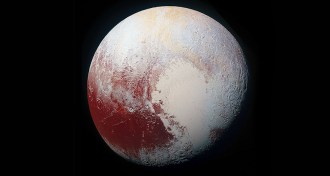 Planetary Science
Planetary ScienceYear in review: Pluto unveiled as a world like no other
Long out of reach, Pluto came into focus in 2015 with the New Horizons mission.